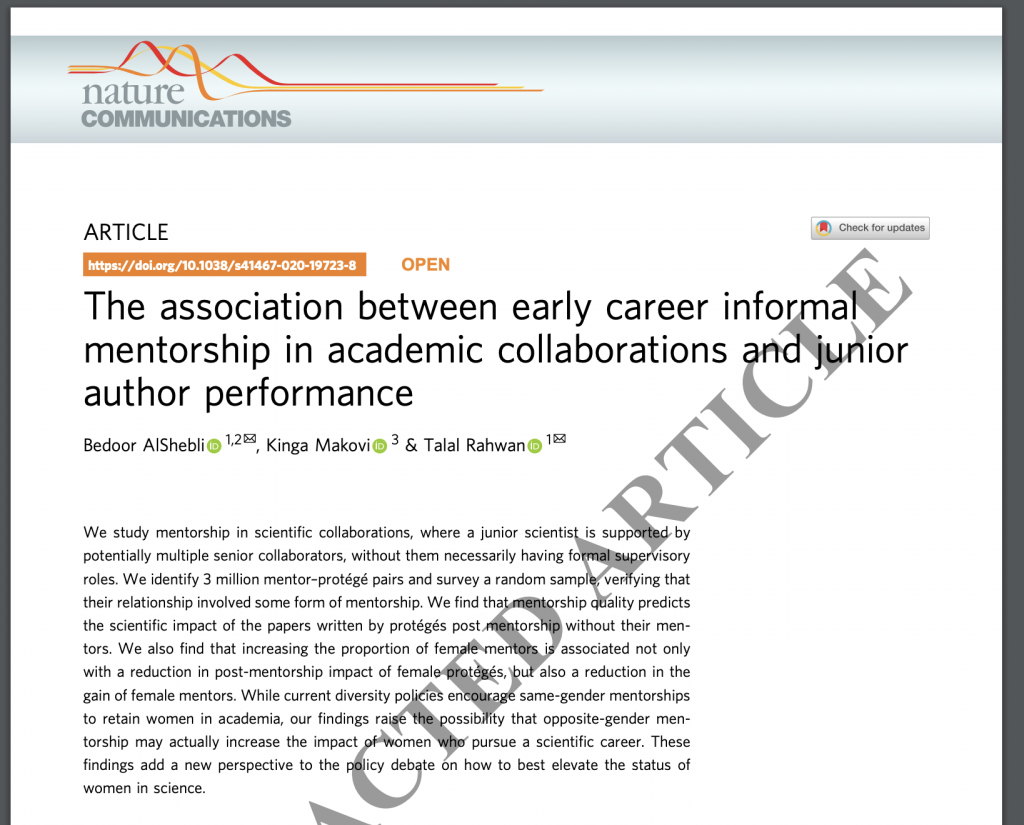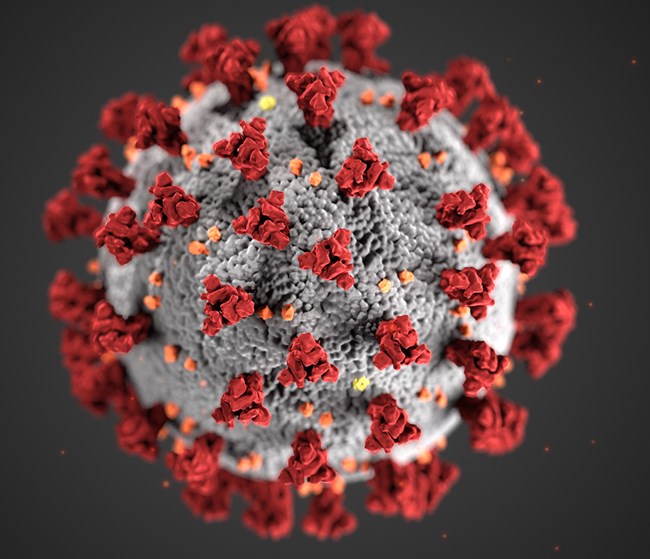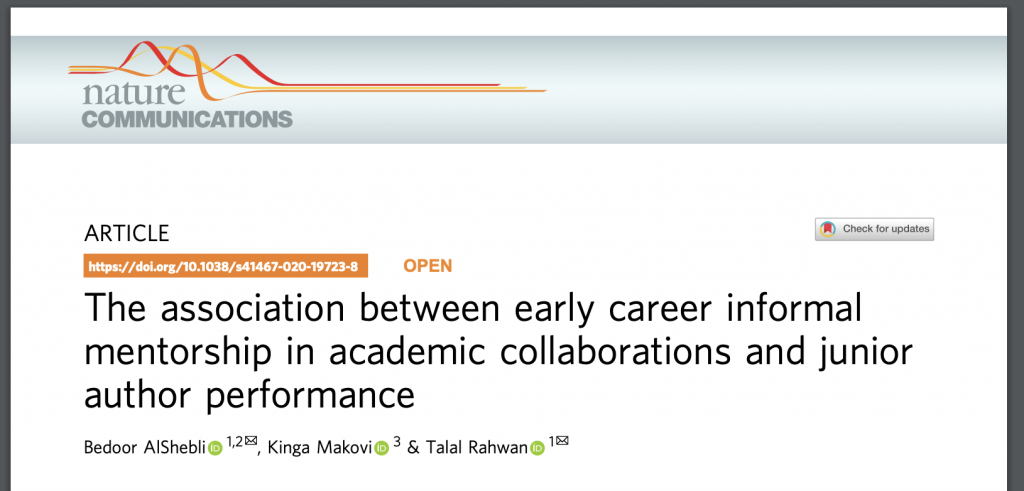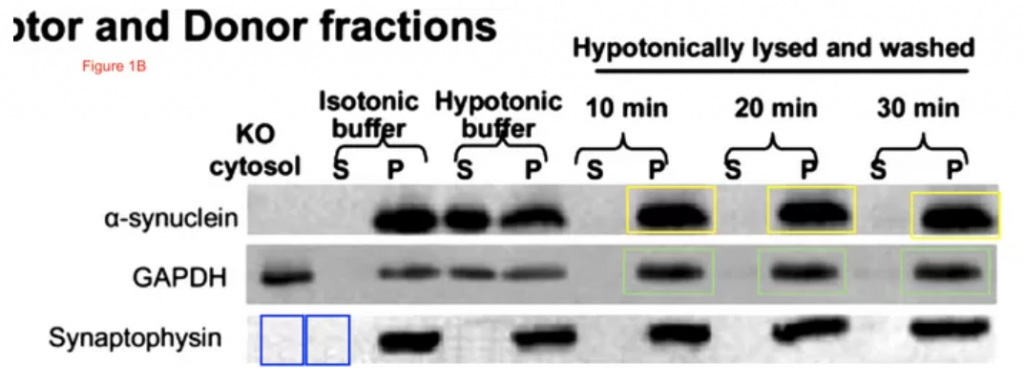
A month after announcing it would be conducting a “priority” investigation into a November 17 paper that claimed women in science fare better with male rather than female mentors, Nature Communications has retracted the article.
In the article, “The association between early career informal mentorship in academic collaborations and junior author performance,” the authors — a trio from New York University’s campus in Abu Dhabi — write that “While current diversity policies encourage same-gender mentorships to retain women in academia, our findings raise the possibility that opposite-gender mentorship may actually increase the impact of women who pursue a scientific career.” It drew nearly immediate criticism, for example:
On November 19, the journal added an editor’s note saying it would be looking into these criticisms, and today, the article was retracted following review by three experts. The retraction notice reads, in part:
Continue reading Nature Communications retracts much-criticized paper on mentorship






